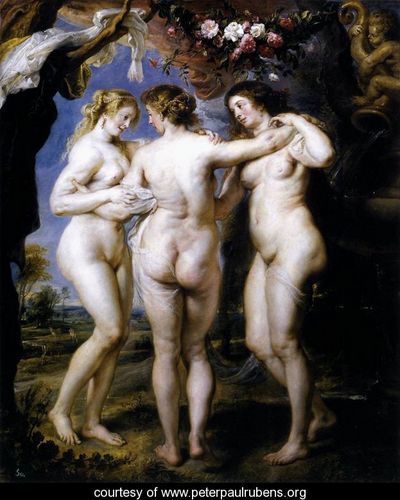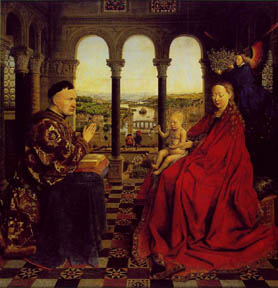When a person observes a painting, are they suppose to feel something, react to something, or are they suppose to even care? It seems that in the art world people either “get it”, or they dont, which in turn causes a somewhat negative reaction for that viewer. I absolutely love when viewing a piece or pieces of art that have a lot of “in your face” feelings. This “in your face” feeling is connected with the theme of my exhibit which is “the naked body”. I feel like people seem to get either very uncomfortable/offended when they see a painting of a naked body or they are very intrigued by the piece . The artists that I have chosen for my exhibit are masters of painting the naked body, and I would see no reason at all why a person would become uncomfortable/offended by any of their works, it is not your body, so why should you care.
The first artist name is Jenny Saville. Saville is a british painter who is best known for her wonderful use bold color use and her “monumental” images of women. Her paintings are usually very big and are “strongly pigmented to give a highly sensual impression of the surface of the skin as well as the mass of the body.” I have seen one of her works up close and it was amazing. In her painting she used globs and globs of color and was definitely not afraid to go big, or even say huge with the size of her piece. I probably stood at her painting for twenty minutes in “aw” over her work. I think it is impossible to not get some kind of emotion out of her paintings.

Plan, 9x7 oil on canvas, created in 1993 in Lodon

Shift, oil on canvas 130"x130", created in 1996 in London England
Another thing about Jenny Saville, like many artists she is very controversial. Painting people who are obese, have abnormal growths, and transvestite’s, like the painting below entitled “Passage”.

Passage, oil on canvas, 2004 London
The next artist in the exhibit is an artist/photographer named Lala Meredith- Vula. Lala is a british feminist female who captures women(usually naked) all around the world in their element. Her most famous works are of women in water and or dealing with water. The next three photographs are from her exhibit entitled “Women and Water.” Vula’s description of why she decided to photograph naked women in the water was “Women and Water” is about the beauty and imperfection of the free body underwater. Many women feel themselves deformed by social influences particularly in the West. In the water they are free to dissolve and re-appear as a part of nature both classical and expressive.” The next three pieces are title-less and were taken in South of France and Sweden in 1996.

Water and Women, 1996

Water and Women, 1996

Water and Women, 1996
So the next time you are viewing a nude piece of art, no matter what it is of, have an opened mind about the piece. Think not just about the naked body but possibly look at how the body is positioned or the different use of color either on the person or in the background, the naked body is a beautiful thing.

















